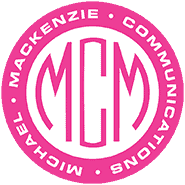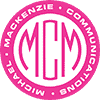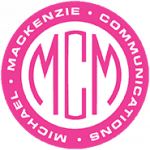Slick production with a sincere voice.
Quality collateral for technical, end-user or channel audiences showcases the uniqueness of your products and services while consistently communicating the value of your brand.
Regrettably, sales professionals and pre-sales technical consultants struggle to write collateral copy even when they have detailed understanding of the value behind their offerings.
With decades of technology and professional service marketing experience, our expert copywriters use a proven approach, researching your competition and interviewing your subject matter experts to compose well-crafted, persuasive content for company brochures, product slicks, proposals and RFPs, and sales flyers. Once the final content is approved, our graphic designers convert this high-quality, polished content into eye-catching collateral (crosslink to brochures under graphic design) that upholds your high branding standards.


